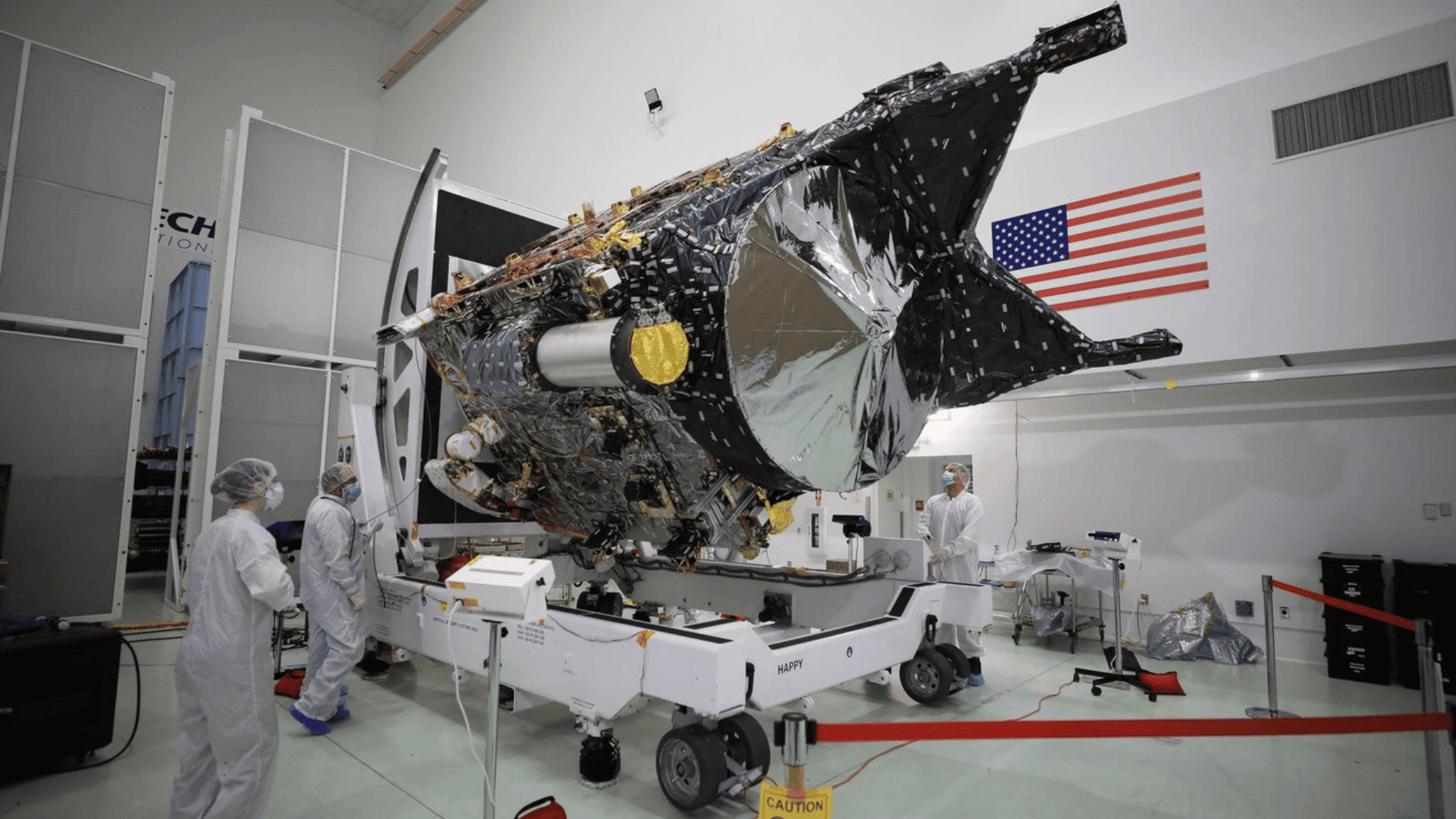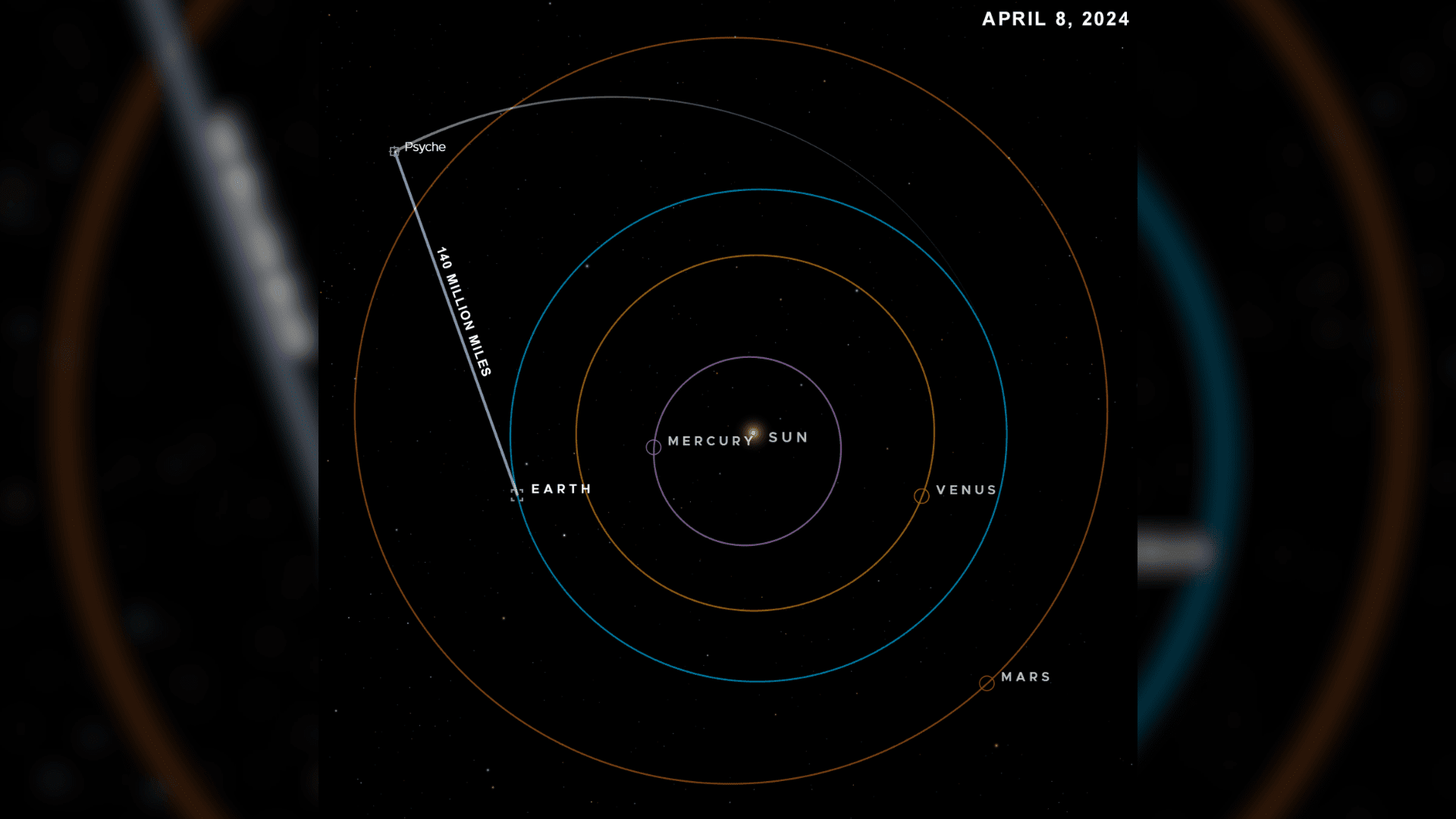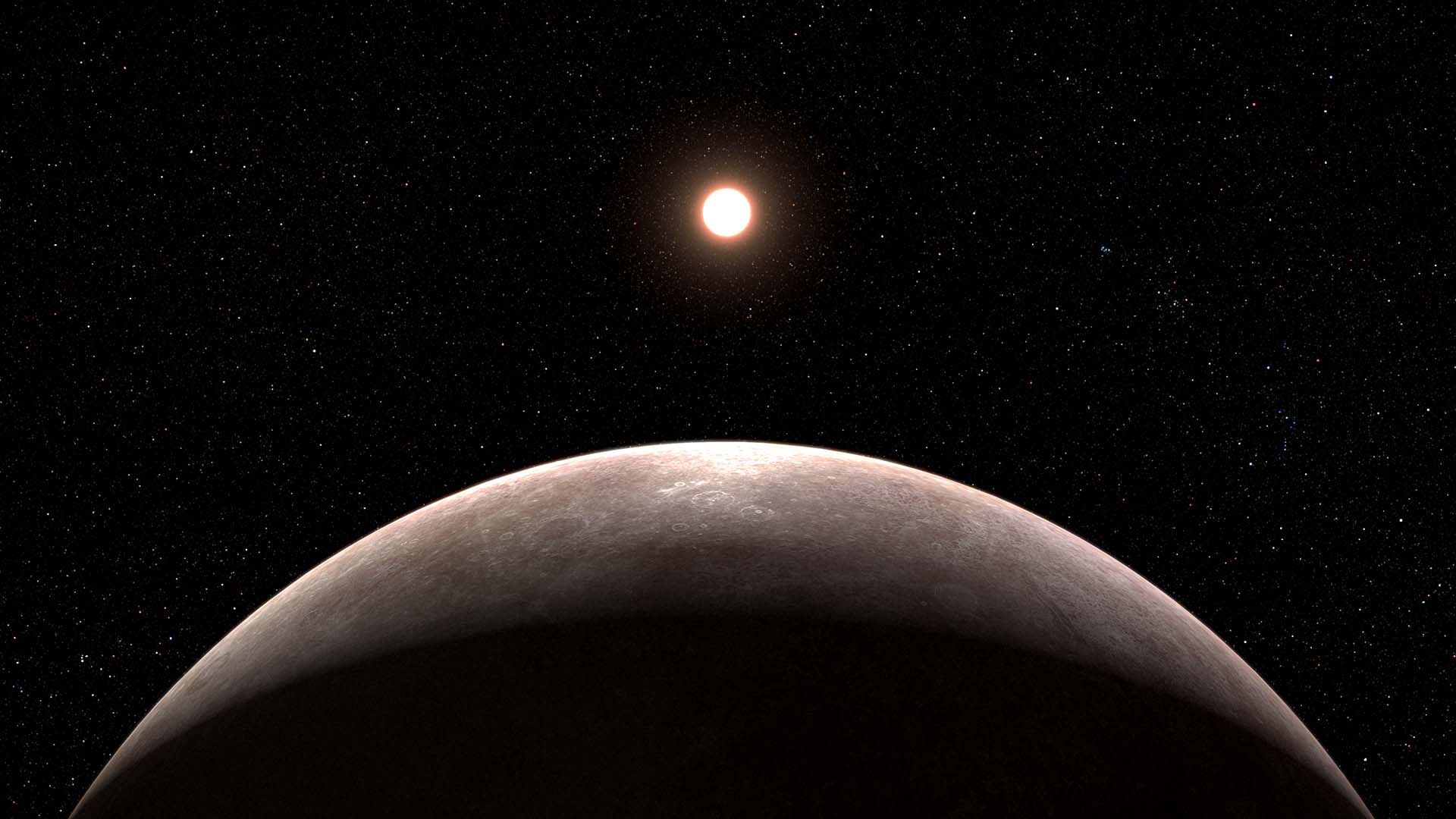Earth just received a space transmission from a record-breaking 140 million miles away. The transmission was sent by NASA’s Psyche spacecraft, which is currently located approximately 1.5 times the distance between Earth and the Sun.

“This represents a significant milestone for the project by showing how optical communications can interface with a spacecraft’s radio frequency comms system,” Meera Srinivasan, the project’s operations lead at NASA’s Jet Propulsion Laboratory in Southern California, said in a statement.
This milestone was achieved by using a Psyche feature called Deep Space Optical Communications, or DSOC. The DSOC flight laser transceiver transmitted data to a downlink station on Earth at a rate of 25 Mbps over 140 million miles, which far exceeded the team’s projected rate of 1 Mbps.
The main objective of the droid is to explore 16 Psyche, an asteroid from which it takes its name. NASA wanted to show the potential for laser communications to be conducted across interstellar distances.
The technology allows for speedier connections that are approximately 10 to 100 times faster than what’s available today. The project aims to be a step toward higher bandwidth and faster communications between humans and the probes they send into space.
In addition to sending the space laser transmission at a record-breaking distance, NASA also managed to transmit real engineering data gathered from the spacecraft. Prior to this transmission, Psyche had sent Earth data from 10 million miles away in November of last year, but it contained only pre-loaded test data.

Explore Tomorrow's World from your inbox
Get the latest science, technology, and sustainability content delivered to your inbox.
I understand that by providing my email address, I agree to receive emails from Tomorrow's World Today. I understand that I may opt out of receiving such communications at any time.
“We downlinked about 10 minutes of duplicated spacecraft data,” explained Srinivasan. “Until then, we’d been sending test and diagnostic data in our downlinks from Psyche.”
While Psyche was transmitting data to NASA’s Deep Space Network (DSN) over the radio frequency channel, the project team also had the transceiver transmit a portion of the same data to the Hale Telescope at Caltech’s Palomar Observatory in San Diego, California.
“After receiving the data from the DSN and Palomar, we verified the optically downlinked data at JPL,” said Ken Andrews, project flight operations lead at JPL. “It was a small amount of data downlinked over a short time frame, but the fact we’re doing this now has surpassed all of our expectations.”
NASA hopes this recent mission shows how optical communications could support one of the largest ongoing space missions – humanity’s journey to Mars. Psyche is scheduled to fly by Mars by 2026 and its goal is to reach 16 Psyche by 2029.







